The hyperautomation in-security market is currently characterized by a dynamic competitive landscape, driven by the increasing demand for efficiency and security in business operations. Key players are actively pursuing strategies that emphasize innovation, partnerships, and regional expansion to enhance their market positions. For instance, UiPath (US) has focused on integrating advanced AI capabilities into its automation solutions, thereby enhancing its value proposition. Similarly, Automation Anywhere (US) has been investing in cloud-based solutions to cater to the growing need for scalable security automation, while Pega Systems (US) emphasizes customer engagement through its low-code platform, which allows for rapid deployment of security measures. Collectively, these strategies indicate a shift towards more integrated and user-friendly solutions, shaping a competitive environment that prioritizes technological advancement and customer-centric approaches.
In terms of business tactics, companies are increasingly localizing their operations and optimizing supply chains to respond swiftly to market demands. The competitive structure of the hyperautomation in-security market appears moderately fragmented, with several players vying for market share. This fragmentation is influenced by the diverse needs of clients across various sectors, compelling companies to tailor their offerings. The collective influence of key players, however, is significant, as they set benchmarks for innovation and operational efficiency that smaller firms strive to emulate.
In October 2025, UiPath (US) announced a strategic partnership with a leading cybersecurity firm to enhance its automation capabilities in threat detection and response. This collaboration is poised to bolster UiPath's offerings, allowing clients to automate security processes more effectively, thereby reducing response times and improving overall security posture. The strategic importance of this partnership lies in its potential to position UiPath as a leader in the integration of automation and cybersecurity, addressing a critical need in the market.
In September 2025, Automation Anywhere (US) launched a new suite of security automation tools designed specifically for financial institutions. This initiative reflects a targeted approach to meet the stringent regulatory requirements of the financial sector, showcasing Automation Anywhere's commitment to sector-specific solutions. The launch is strategically significant as it not only expands their product portfolio but also enhances their credibility within a highly regulated industry, potentially leading to increased market share.
In August 2025, Pega Systems (US) unveiled an upgraded version of its low-code platform, which now includes enhanced security features tailored for enterprise clients. This upgrade is indicative of Pega's strategy to remain competitive by continuously evolving its offerings to meet the changing needs of businesses. The strategic importance of this development lies in its ability to attract organizations looking for rapid deployment of secure solutions, thereby reinforcing Pega's position in the market.
As of November 2025, current trends in the hyperautomation in-security market are heavily influenced by digitalization, sustainability, and the integration of AI technologies. Strategic alliances are increasingly shaping the competitive landscape, as companies recognize the value of collaboration in driving innovation. Looking ahead, it is likely that competitive differentiation will evolve, with a pronounced shift from price-based competition to a focus on innovation, technological advancement, and supply chain reliability. This evolution suggests that companies that prioritize these aspects will be better positioned to thrive in an increasingly complex market.


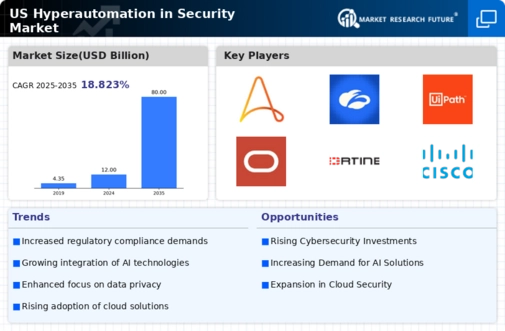
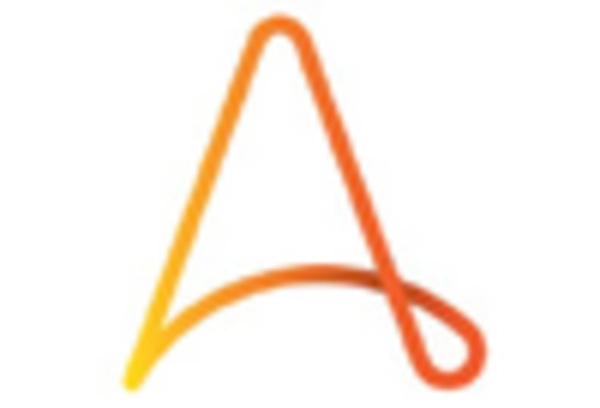

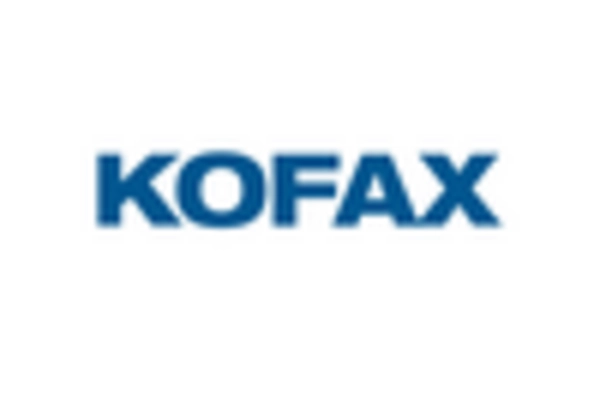
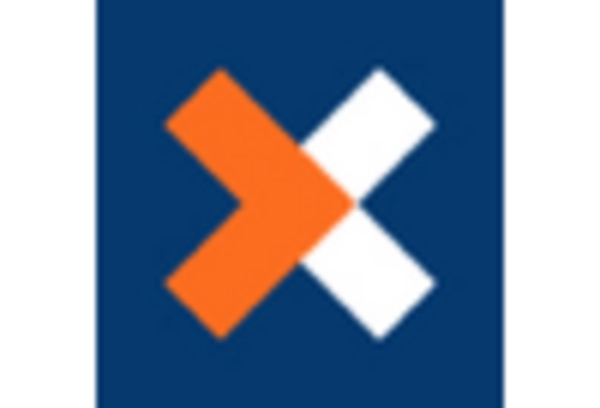
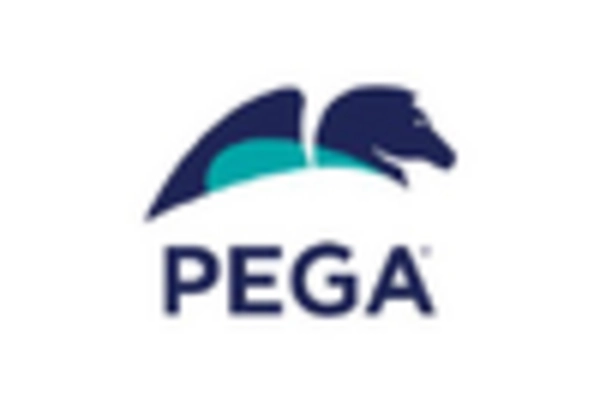
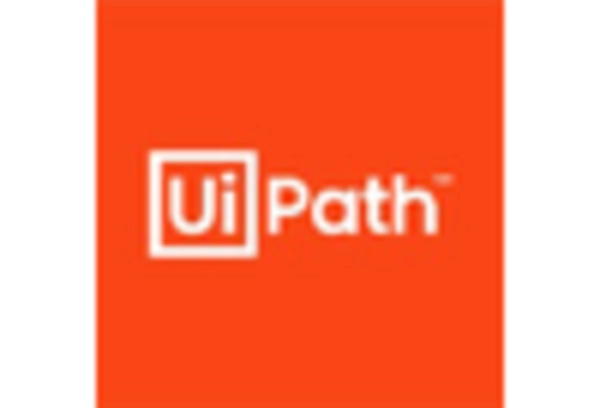








Leave a Comment